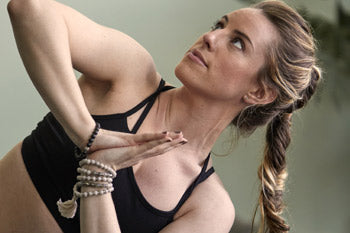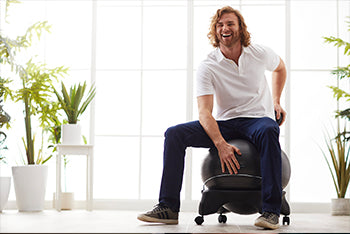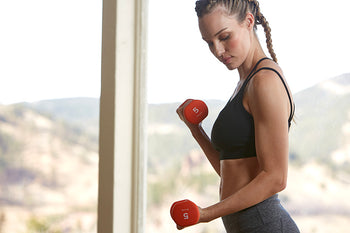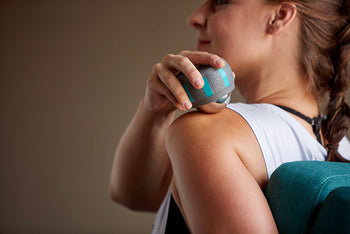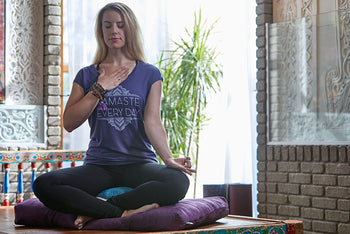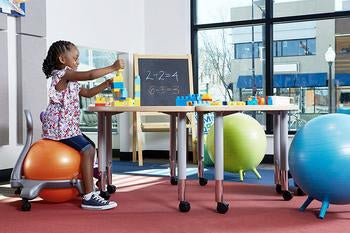Can I Compost This?

Author: Leslie Garrett
What you put in your compost is the most important factor in whether it will keep cookin' at a decent clip and behave itself — i.e., not cause a stink. It will help you get fertilizer in about a month or two versus a season or even a year. You want happy microorganisms in your compost that hungrily transform your kitchen scraps into garden goodies.
To keep those microbes munching, maintain the correct ratio of “green” to “brown” ingredients. In my compost bin, we aim for a 50/50 mix, give or take, with great success. Some compost bin makers recommend a ratio of more like 60/40, more green material than brown. One easy way to keep the peace between green and brown is to add the same volume of each type of material every time you add materials. So if you fill a mixing bowl with veggie scraps and toss those in, fill that same bowl almost full of anything from the brown/dry materials list and pour that in before you turn the compost.
Start with this guide to “dump and dump-nots” — what's compostable, what's not, and what's green, brown, wet, dry, good scrap, and bad scrap.
Green materials are rich in nitrogen; brown materials are rich in carbon. Microbes thrive in the particular ratio of carbon to nitrogen created by the balance of green and brown materials, allowing for efficient composting.
Green/wet materials
- Fruit and veggie scraps
- Egg shells
- Tea bags, tea leaves
- Fresh green grass clippings and plant trimmings grown without pesticides or weed-killers
- Plate scrapings (excluding meat and bones)
Brown / dry materials
- Dry leaves, dried grass clippings
- Wood shavings or sawdust
- Nuts and shells
- Coffee grounds and filters
- Pinecones and pine needles
- Shredded egg cartons (the paper kind)
- Shredded newspaper and tissue paper
- Twigs
- Hay
- Peanut shells
- Cold wood ashes
- Dryer lint
- Shredded cereal boxes and other paperboard items
Can I compost this?
Generally yes:
Compostable plates, cups, utensils and other partyware: Depends. Many home compost bins don't get hot enough to break down this type of picnic ware, at least not as quickly as is practical. (Compostable plates, cups and utensils are often more compostable in a commercial composting facility where the piles get much hotter.) Some newer paper plates and party ware on the market are labeled “compostable in home compost bin” or the like; try them out and see how it goes. We've found that this works better if the plates are ripped or cut into smaller pieces, as with any raw material added to a composter. (Read more tips for making composting easy as pie!)
Leftovers, plate scrapings: Absolutely, except meat and bones.
Generally no:
Pet poop: Avoid adding animal waste to your compost, unless you plan to use your compost strictly on ornamental plants — not on veggie or fruit trees/bushes. If you have a commercial composting facility nearby that takes drop-offs or has curbside pickup, ask if they accept pet waste. Or consider an in-ground dog-poo composting setup like the Doggie Doolie.
Meat and bones: Not in a home composter. As with compostable plates and such, compost in a residential compost bin or pile typically doesn't get hot enough to sufficiently break down meat or bones. Same goes for dairy products, sauces, oils and fats: These may be OK in small doses as part of plate scrapings, but you don't want to pour a cup of bacon grease or cheese sauce in your compost.
Diseased plants, seedling weeds, or wet grass: They can cause plant diseases or weeds to grow in your compost or among the plants you apply them to.
Inorganic materials such as synthetic pesticides, weed killer, plastics, medicines, cleaning chemicals: Composting is a natural, organic process. Inorganic stuff unsurprisingly messes it up — i.e., kills the microorganisms that make compost happen.
Compost THIS!
When we asked our social followers to weigh in on what to compost, they shared so many interesting ideas and adventures in what to compost and how to do it!
“Moldy bread, eggshells, banana peels, lemons, the outside of the lettuce that's all brown and nasty, strawberry tops ... Oh, and lots of coffee grounds. I thought it would be a pain, but putting stuff through a blender first makes for some REALLY happy dirt. Makes a nice compost slurry and there's no real waiting involved for anything to break down. I'm a smoothie person so my blender's always out on the counter anyway.” – Marie T. via Facebook
“There are so many items you can compost such as egg shells (they also provide a nice little nesting area if you have any red wigglers), tea bags, COFFEE GRINDS!!! No meat products — this will attract animals. Also, keep the acidic products to a minimum, as most plants prefer a Ph level of around 5. Be sure to water your compost about once a week; rotation will also expedite the process! Before you know it, you'll have black gold right in your back yard. :) ” – Katharine L. via Facebook
“OK, someone told me [you can compost] a T-shirt. You think?” –EcolabelFund via Twitter
“The pulp left over from a juicer makes great compost.” – greenergirl via Twitter
“You need leaves. At least 50 percent wet to 50 percent dry materials. Saw dust is too acidic. Have fun with it!!” – PranaHeals via Twitter
“Complete Idiot's Guide to Organic Living says don't compost black walnut tree parts (toxic to plants) or colored paper (toxins in ink).” –maryjocameron via Twitter
Also in Blog

Body Peace & Personal Empowerment

Yoga for Swimmers: Poses for Strength and Mobility


